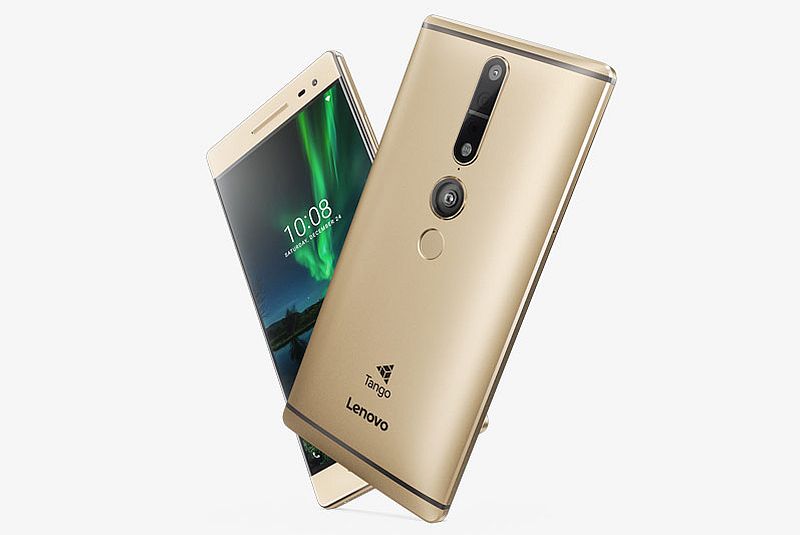
Qualcomm has confirmed that it is optimising Snapdragon chipsets for supporting Google’s Tango (formerly Project Tango) machine vision framework for augmented and virtual reality. The chipset maker revealed that it has been working closely with Google for over a year with the Project Tango team ensure it runs on Snapdragon processors.
Qualcomm has confirmed that the high-end Snapdragon 820 as well as the Snapdragon 652 chipsets already support Project Tango. The company also announced that the future Snapdragon 800 and 600 series SoCs will support Google’s Tango.
Talking to Ars Technica, Seshu Madhavapeddy, VP, Product Management for Qualcomm, said, “We are committed to Tango and we believe in this technology. We see broad adoption of this technology as forthcoming and we would like to support that.”
Google’s first prototype for the Tango augmented reality included the Movidius computer vision chip; though the consumer version announced recently with Lenovo – the Phab 2 Pro – had no extra chipset, points out Ars Technica.
The chipmaker explained that this was possible with the “Snapdragon Heterogeneous Processing Architecture,” which means the DSP, sensor hub, and Image Signal Processor (ISP) perform the compute duties in a Tango phone.
Qualcomm claims with its new technology, Tango phones will be able to handle “algorithms and sensors with a less than 10 percent CPU overhead compared to a normal app.”
To recall, Lenovo earlier this month at its Tech World 2016 event in San Francisco unveiled the first consumer facing Project Tango smartphone called the Lenovo Phab 2 Pro. The smartphone is expected to start shipping in August and has been priced at $499 (roughly Rs. 33,500).
[Source NDTV]







